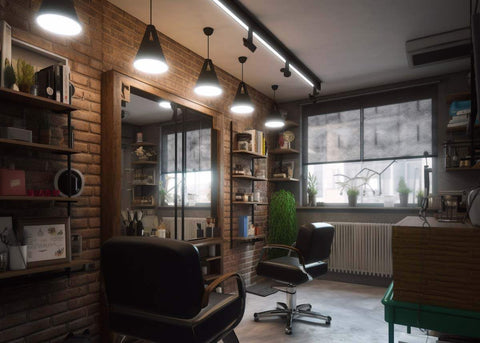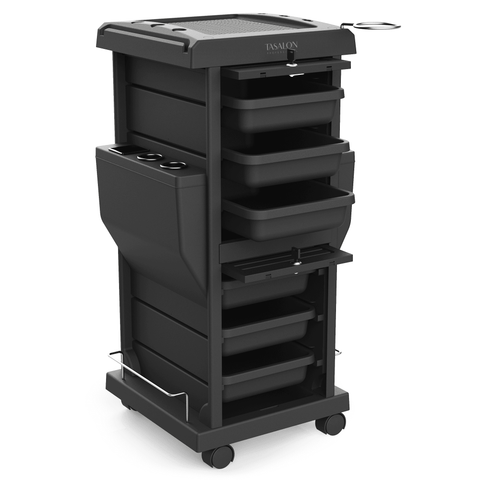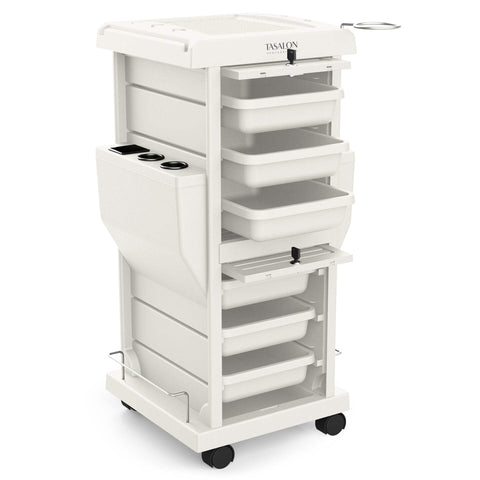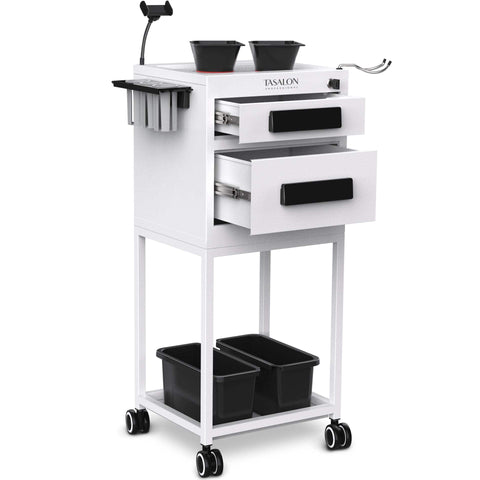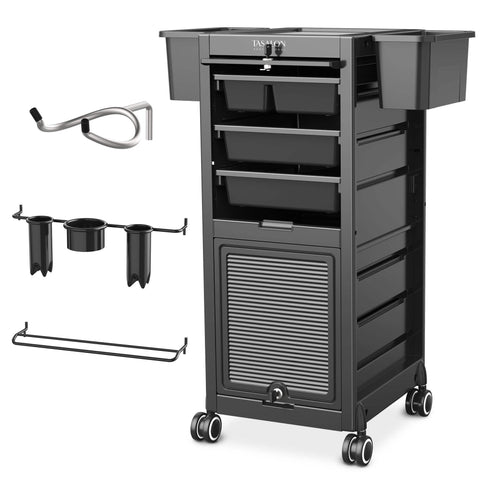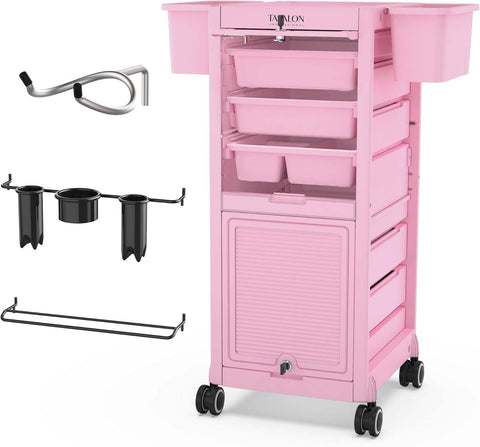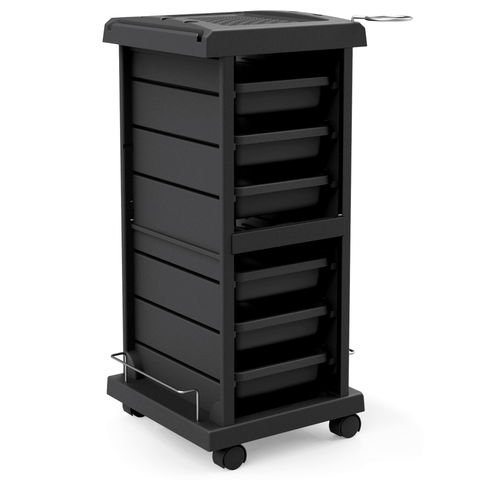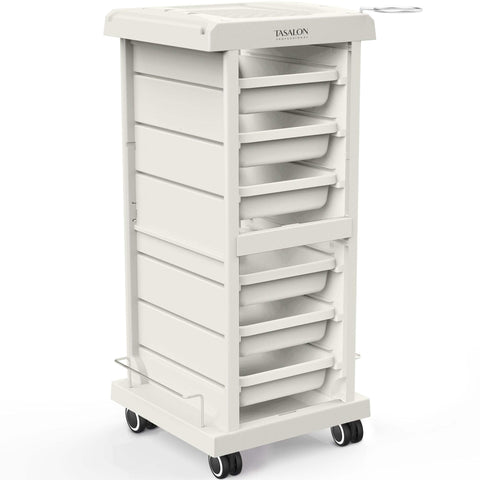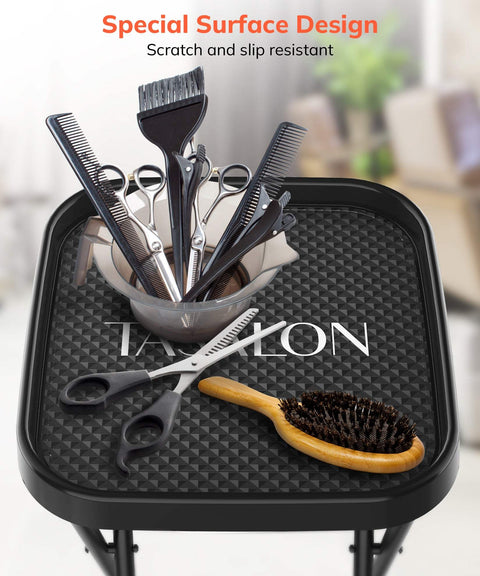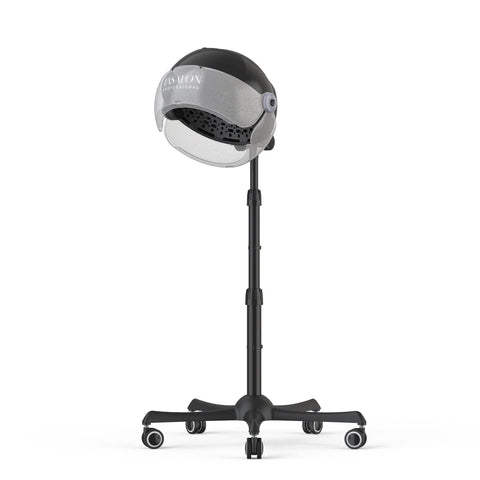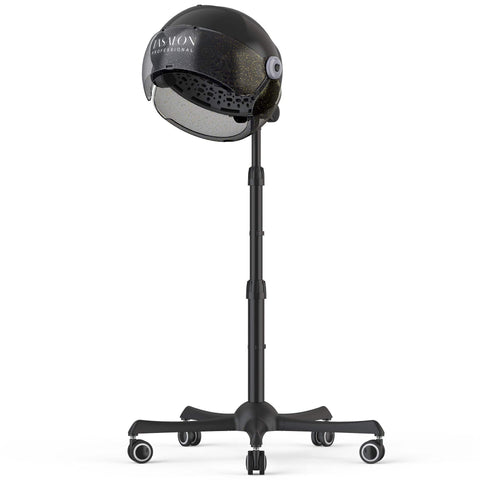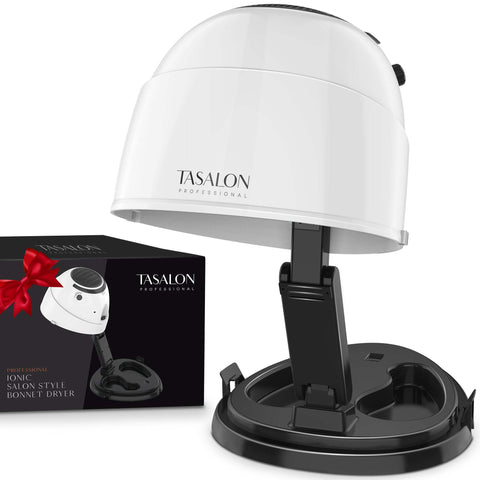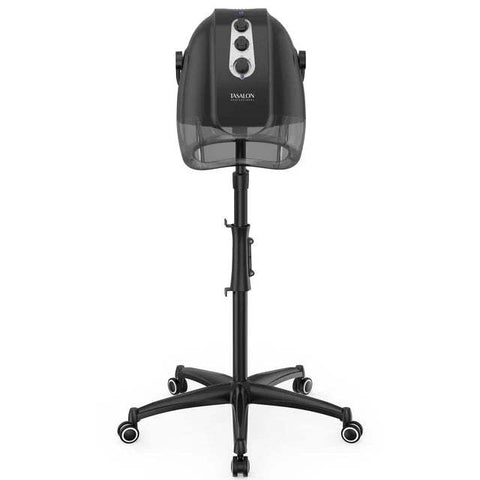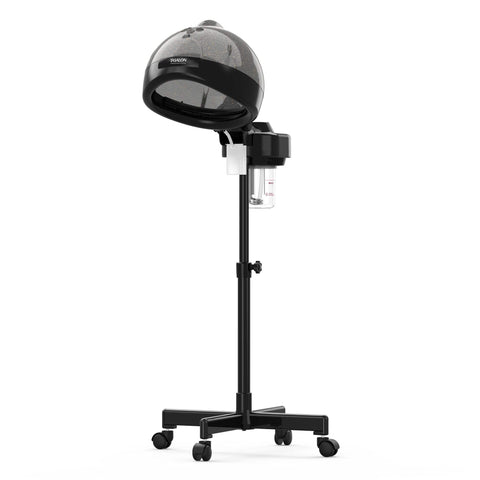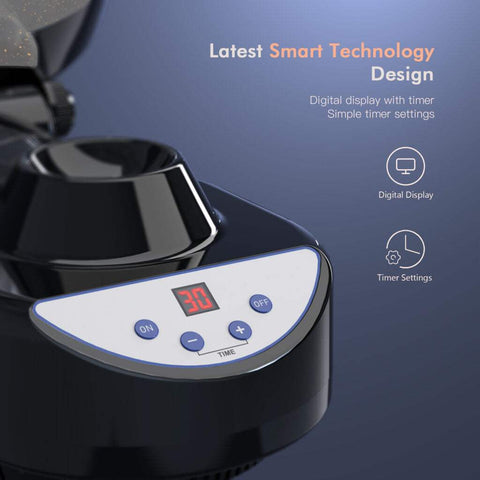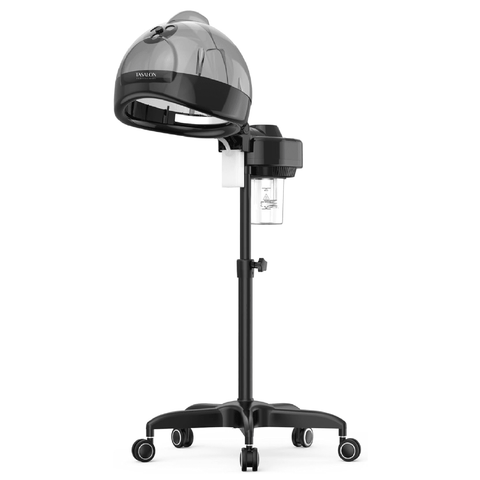Face Steaming: Fact or Fiction?
Face steaming has been a popular practice for decades, with many claiming it to be an effective way to cleanse and rejuvenate the skin. However, others argue that it's just a fad with no scientific backing. So, is face steaming really worth it, or is it just another beauty myth? In this article, we'll explore the facts and fiction surrounding face steaming, its benefits, risks, and best practices.
Face Steaming: An Overview
Face steaming, also known as facial sauna, involves exposing the face to hot, moist steam for several minutes. The process is meant to open up the pores, loosen dirt and oil, and increase blood circulation, leaving the skin clean, hydrated, and radiant. It can be done at home using a bowl of hot water and a towel, or at a spa using professional equipment.
Benefits of Face Steaming
The claimed benefits of face steaming range from improved skin texture and tone, reduced acne and blackheads, to relaxation and stress relief. Supporters of the practice argue that the steam helps to remove impurities, hydrate the skin, and boost collagen production, resulting in a youthful glow. Additionally, steam can help to loosen clogged pores, making it easier to extract comedones (blackheads and whiteheads).
How Does Face Steaming Work?
When the skin is exposed to steam, the heat causes the blood vessels to dilate, increasing blood flow and oxygenation to the area. This, in turn, helps to stimulate collagen production and cell turnover, leading to improved skin texture and elasticity. Moreover, the steam helps to soften and loosen the dirt and oil trapped in the pores, making it easier to remove them with gentle exfoliation or extraction.
Risks and Side Effects of Face Steaming
While face steaming can have benefits, it also comes with risks and side effects. First, the hot steam can cause burns or scalds if not used with caution. Second, it can worsen certain skin conditions, such as rosacea, eczema, or sensitive skin, by causing inflammation and irritation. Third, over-steaming or over-exfoliating can damage the skin's natural barrier, leading to dryness, redness, and even infection.
Popular Face Steaming Methods
There are many ways to steam the face, from a simple bowl of hot water to a professional facial steamer machine. Here are some popular methods:
- Bowl of hot water: boil water and pour it into a bowl. Place a towel over your head and lean over the bowl, allowing the steam to reach your face. Keep your eyes closed and breathe deeply for 5-10 minutes.
- In-shower steam: take a warm shower and let the steam envelop your face. Avoid using hot water as it can cause burns or dry out the skin.
- Professional facial steamer: visit a spa or salon and have a professional-grade steamer used on your face. The machine produces a consistent flow of steam at a controlled temperature and pressure.
Face Steaming for Different Skin Types
Not all skin types are the same, and some may benefit more from face steaming than others. Here's a breakdown of how face steaming can affect different skin types:
- Dry skin: face steaming can help to hydrate and soften dry skin, but it can also strip away natural oils if overdone.
- Oily skin: face steaming can help to unclog pores and remove excess oil, but it should not be done too frequently as it can stimulate more sebum production.
- Combination skin: face steaming can be done on the T-zone (forehead, nose, and chin) to target oily areas, while avoiding the dry or sensitive areas.
- Sensitive skin: face steaming should be done with caution on sensitive skin, as it can cause redness, irritation, or even burns.
Face Steaming and Acne: What Science Says
Acne is a common skin condition that affects many people, and face steaming has been touted as a natural remedy for it. However, the scientific evidence is mixed. While some studies have shown that steam can reduce the number of acne lesions and improve skin barrier function, others have found no significant difference between steam and other treatments. Moreover, over-steaming or over-exfoliating can aggravate acne by damaging the skin's protective layer.
Best Practices for Safe and Effective Face Steaming
To reap the benefits of face steaming while avoiding the risks and side effects, here are some best practices to follow:
- Use caution when handling hot water or steam, and avoid getting too close to the source.
- Don't steam your face for too long (5-10 minutes is enough), and don't do it more than once or twice a week.
- Avoid using harsh exfoliants or scrubs immediately after steaming, as they can cause irritation or damage.
- Use a gentle cleanser and moisturizer after steaming to hydrate and protect the skin.
- Consult a dermatologist if you have any skin conditions or concerns before trying face steaming.
OUTRO:Face steaming can be a beneficial practice for some people, but it should not be relied upon as a miracle cure for all skin woes. It's important to understand the risks and benefits, and to follow best practices to ensure safe and effective results. If you decide to try face steaming, remember to listen to your skin's needs and preferences, and to adjust your routine accordingly.

